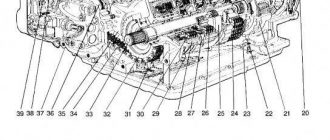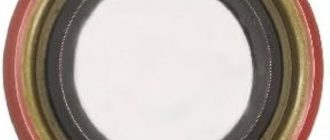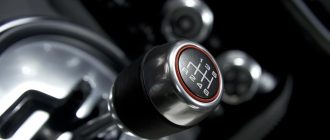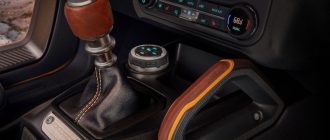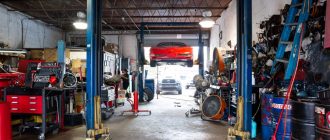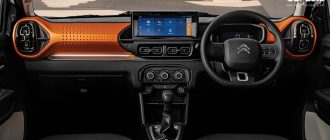All Kinds of Car Transmissions
A transmission is a mechanical device used to transmit power from the engine to the wheels of a vehicle. It allows the vehicle to move at different speeds and torques, and also provides the ability to change direction. There are many different types of transmissions, each with its own advantages and disadvantages.
Manual Transmission
A manual transmission is a type of transmission that requires the driver to manually shift gears. This is done by moving a lever that is connected to the transmission. Manual transmissions are generally more efficient than automatic transmissions, and they also give the driver more control over the vehicle. However, they can be more difficult to drive, especially for new drivers.
Automatic Transmission
An automatic transmission is a type of transmission that automatically shifts gears. This is done by a computer that is connected to the transmission. Automatic transmissions are easier to drive than manual transmissions, but they are also less efficient.
Continuously Variable Transmission (CVT)
A CVT is a type of transmission that uses a belt or chain to transmit power from the engine to the wheels. The belt or chain is continuously variable, which means that the transmission can provide an infinite number of gear ratios. This results in a smoother ride than a traditional transmission, and it can also improve fuel efficiency.
Dual-Clutch Transmission (DCT)
A DCT is a type of transmission that uses two clutches to engage and disengage the gears. This results in faster and smoother gear changes than a traditional automatic transmission. DCTs are often used in performance cars, but they can also be found in some mainstream vehicles.
Automated Manual Transmission (AMT)
An AMT is a type of transmission that combines elements of a manual transmission and an automatic transmission. It uses a computer to control the clutch and shifting, but the driver still has to manually select the gears. AMTs are often used in commercial vehicles, but they can also be found in some passenger cars.
Hybrid Transmission
A hybrid transmission is a type of transmission that combines an internal combustion engine with an electric motor. This allows the vehicle to operate on both gasoline and electricity. Hybrid transmissions can improve fuel efficiency and reduce emissions.
Electric Transmission
An electric transmission is a type of transmission that uses an electric motor to power the wheels. Electric transmissions are very efficient, and they produce no emissions. However, they are also more expensive than other types of transmissions.
Which Type of Transmission is Right for You?
The type of transmission that is right for you depends on your driving needs and preferences. If you want a vehicle that is fuel-efficient and easy to drive, an automatic transmission is a good choice. If you want a vehicle that gives you more control over the driving experience, a manual transmission is a better choice. If you want a vehicle that is both fuel-efficient and fun to drive, a CVT or DCT is a good choice.
Here is a table that summarizes the different types of transmissions and their advantages and disadvantages:
| Transmission Type | Advantages | Disadvantages |
|—|—|—|
| Manual | More efficient, gives driver more control | More difficult to drive, especially for new drivers |
| Automatic | Easier to drive, smoother ride | Less efficient, less control over the driving experience |
| CVT | Smoother ride, improved fuel efficiency | More expensive than traditional transmissions |
| DCT | Faster and smoother gear changes | More expensive than traditional transmissions |
| AMT | Combines elements of manual and automatic transmissions | Not as efficient as a traditional automatic transmission |
| Hybrid | Improved fuel efficiency, reduced emissions | More expensive than traditional transmissions |
| Electric | Very efficient, produces no emissions | More expensive than other types of transmissions |
Conclusion
The transmission is an important part of a vehicle’s drivetrain. It allows the vehicle to move at different speeds and torques, and it also provides the ability to change direction. There are many different types of transmissions, each with its own advantages and disadvantages. The type of transmission that is right for you depends on your driving needs and preferences.
